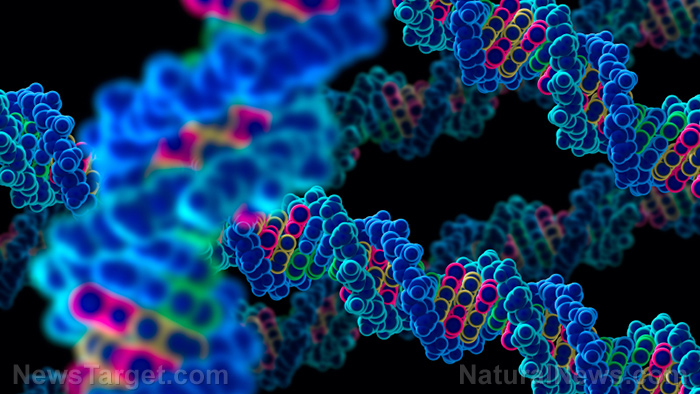Forgotten dreams: REM sleep helps prevent information overload, explain scientists
09/18/2020 / By Virgilio Marin

Dreams are quickly forgotten the moment people wake up. This is likely due to a group of neurons that gets activated during rapid eye movement (REM) sleep – the phase of mammalian slumber when most dreams are made.
A recent study published in the journal Science examined the neurons that produce appetite and sleep hormones in mice. Japanese and American researchers found that the mice became forgetful when these cells were artificially turned on. Furthermore, they discovered that more than half of these cells became active during REM sleep.
“Our results suggest that the firing of a particular group of neurons during REM sleep controls whether the brain remembers new information after a good night’s sleep,” said senior author Thomas Kilduff, the director of the Center for Neuroscience at SRI International in California. The study was funded by the National Institute of Neurological Disorders and Stroke, part of the National Institutes of Health.
The findings of the study may help scientists better understand sleep disorders and memory-related diseases, such as post-traumatic stress disorder and Alzheimer’s disease.
Neurons that make you forget
The brain goes through five progressive stages of sleep. The last of these stages, REM sleep, usually happens 90 minutes after a person has fallen asleep. During this time, the brain and the rest of the body experience several changes, including the rapid movement of the eyes and increased brain activity. REM sleep is linked to learning, memory and the development of the central nervous system in younger children.
In the study, the researchers examined brain cells that produce melanin-concentrating hormones (MCH), which are molecules involved in regulating sleep and appetite. They concentrated on cells found in the hypothalamus, a pea-sized region of the brain crucial for processes such as the release of hormones from the pituitary gland.
They found that 52.8 percent of hypothalamic MCH cells were activated when the mice entered REM sleep. Meanwhile, 35 percent were activated when the mice were awake and about 12 percent were activated at both times.
Electrical recordings and tracing experiments showed that these cells play a role in learning and memory. Many of the hypothalamic MCH cells sent inhibitory messages via long nerve fibers to the hippocampus, the brain’s memory center.
“From previous studies done in other labs, we already knew that MCH cells were active during REM sleep,” said Kilduff. “After discovering this new circuit, we thought these cells might help the brain store memories.”
Next, the researchers examined how MCH cells affect information retention when they are turned on and off. Retention occurs after new information is presented and before new knowledge is consolidated into long-term memory. The team used various memory tests, including one that assessed the ability of the mice to distinguish between new and familiar objects.
The mice performed poorly on tests when MCH cells were turned on. For example, they spent less time sniffing around new objects compared to familiar objects when the cells were activated. On the other hand, turning off the cells helped improve information retention.
The researchers said that MCH neurons likely played an exclusive role in generating these effects during REM sleep. They also observed that the mice performed better at the tests when the neurons were deactivated during REM sleep. However, activating the neurons while the mice were awake or in other sleep states had no significant effect on memory. (Related: Dreamless sleep actually contributes to illness, according to sleep expert.)
“These results suggest that MCH neurons help the brain actively forget new, possibly, unimportant information,” said Kilduff.
Brain.news has more on the mechanisms driving the brain’s information retention.
Sources include:
Tagged Under: brain health, breakthrough, cognitive health, discoveries, dreaming, dreams, information retention, learning, memory, neurons, research, sleep
RECENT NEWS & ARTICLES
COPYRIGHT © 2017 RESEARCH NEWS




















